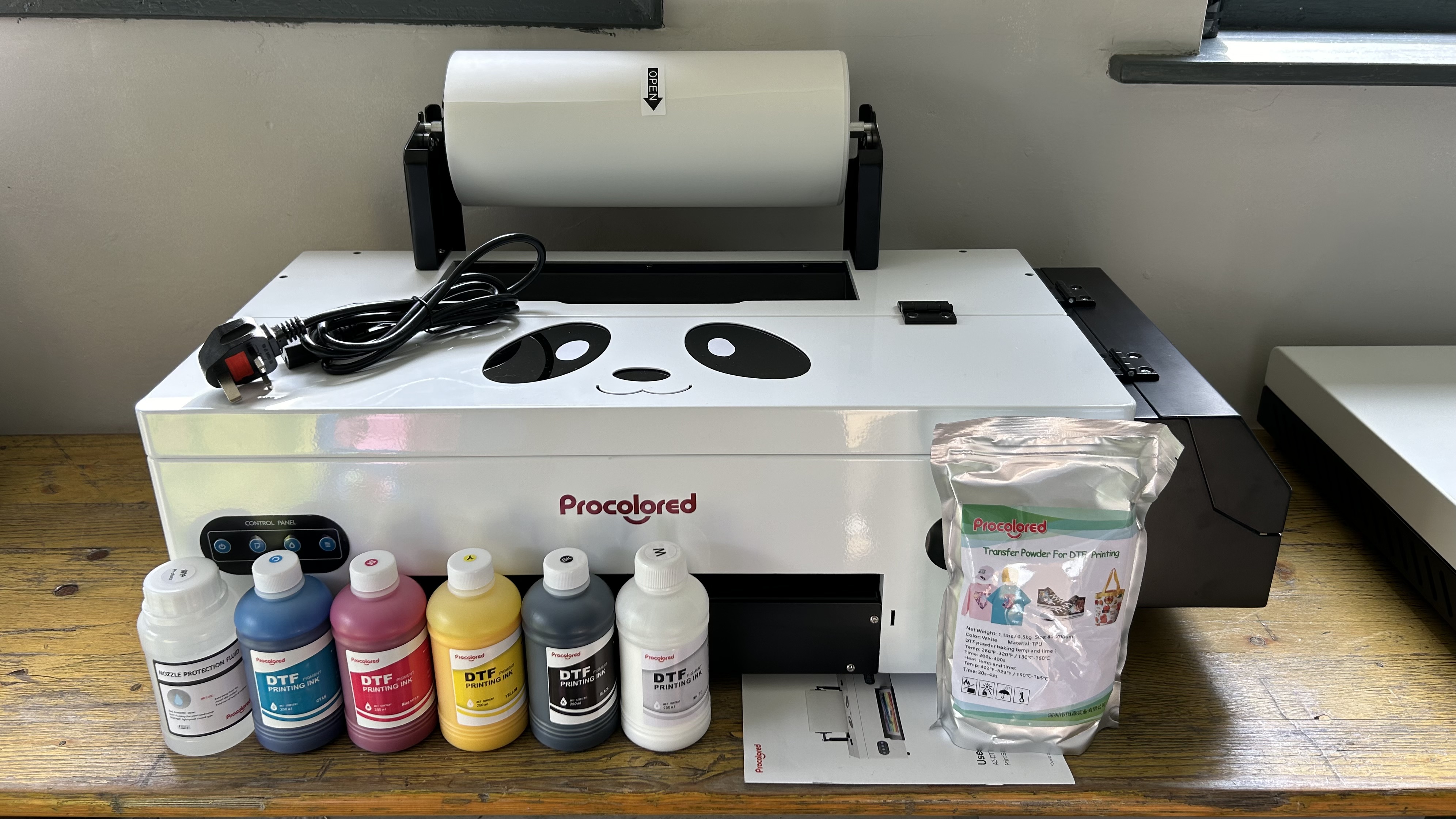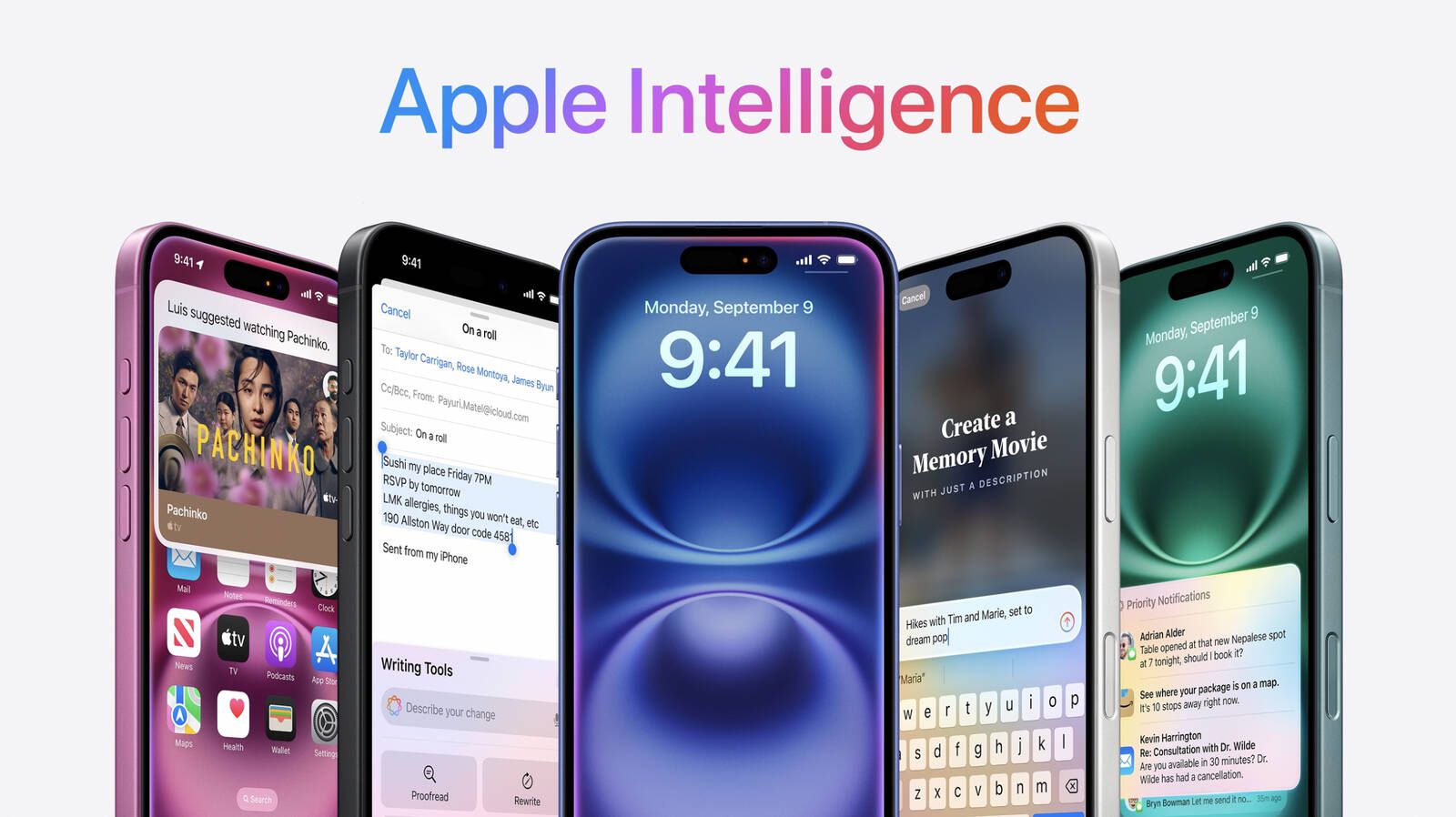Not Another UI Test: How API-First Testing Saved Our Pipeline
If you've ever pushed a hotfix on Friday, only to get a bug report five minutes later… You know the pain of mobile testing. Between flaky UI tests, emulator delays, and device-specific weirdness, testing often feels like guesswork. We wanted something cleaner and found that API-driven mobile testing changes the game. The Pain Cycle of Mobile Testing Emulators that crash at the worst times Tests that pass locally but fail in CI Writing brittle UI test scripts that break on every UI tweak Hours wasted waiting for device builds to finish Sound familiar? We figured there had to be a better way - and there is. What Is API-Driven Mobile Testing? Instead of relying solely on UI flows, we started triggering mobile app behavior via APIs during CI runs. This gave us: More control over test execution The ability to skip the UI when not needed True automation across devices, even without a UI Turns out, you don’t need to “see” the app to know it’s working - you just need to test the right paths, fast. How We Baked It Into CI/CD We integrated a lightweight API testing layer into our existing pipeline. We used a tool that let us: Run tests on real devices, remotely Trigger workflows from GitHub Actions Receive results via webhook Skip maintaining emulator scripts It plugged into our pipeline almost effortlessly, and we never looked back. Why This Approach Works Less flakiness Faster feedback Works across device types Easy to scale Most importantly, it lets us move fast without breaking things. What We Used We tried a few things, but ended up using tools like NativeBridge(the cheapest), Appetize, BrowserStack, and Lambda that made the API integration part smooth. No SDK installs, no heavy setup — just clean test runs triggered by API. We didn’t plan to switch our whole testing strategy, but it kind of happened naturally once we saw how stable and scalable it felt. Final Thought You don’t need to rewrite your entire testing suite. Just look for places where API-driven checks can replace manual ones — and start small. It’s not about being trendy — it’s about not burning out your dev team maintaining flaky test code.
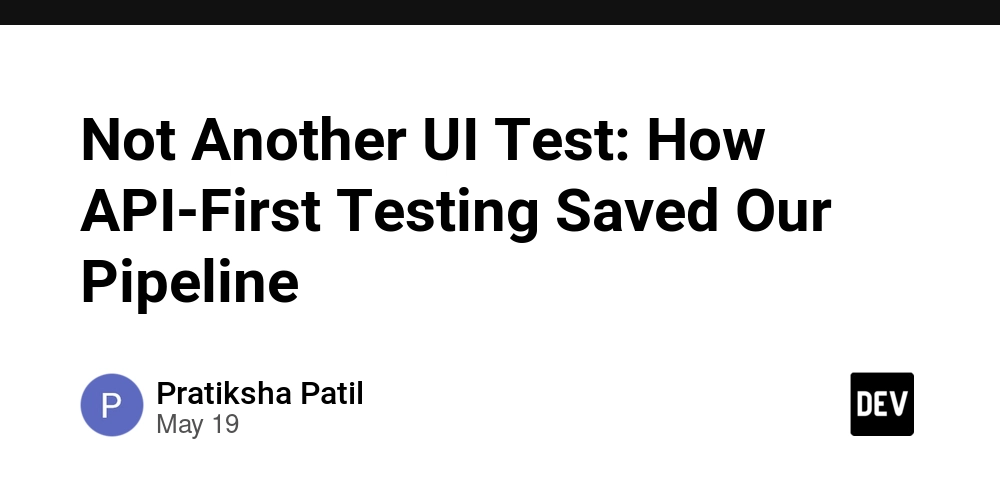
If you've ever pushed a hotfix on Friday, only to get a bug report five minutes later… You know the pain of mobile testing.
Between flaky UI tests, emulator delays, and device-specific weirdness, testing often feels like guesswork.
We wanted something cleaner and found that API-driven mobile testing changes the game.
The Pain Cycle of Mobile Testing
- Emulators that crash at the worst times
- Tests that pass locally but fail in CI
- Writing brittle UI test scripts that break on every UI tweak
- Hours wasted waiting for device builds to finish Sound familiar?
We figured there had to be a better way - and there is.
What Is API-Driven Mobile Testing?
Instead of relying solely on UI flows, we started triggering mobile app behavior via APIs during CI runs. This gave us:
- More control over test execution
- The ability to skip the UI when not needed
- True automation across devices, even without a UI
Turns out, you don’t need to “see” the app to know it’s working - you just need to test the right paths, fast.
How We Baked It Into CI/CD
- We integrated a lightweight API testing layer into our existing pipeline.
- We used a tool that let us:
- Run tests on real devices, remotely
- Trigger workflows from GitHub Actions
- Receive results via webhook
- Skip maintaining emulator scripts
It plugged into our pipeline almost effortlessly, and we never looked back.
Why This Approach Works
- Less flakiness
- Faster feedback
- Works across device types
- Easy to scale
Most importantly, it lets us move fast without breaking things.
What We Used
We tried a few things, but ended up using tools like NativeBridge(the cheapest), Appetize, BrowserStack, and Lambda that made the API integration part smooth. No SDK installs, no heavy setup — just clean test runs triggered by API.
We didn’t plan to switch our whole testing strategy, but it kind of happened naturally once we saw how stable and scalable it felt.
Final Thought
You don’t need to rewrite your entire testing suite.
Just look for places where API-driven checks can replace manual ones — and start small.
It’s not about being trendy — it’s about not burning out your dev team maintaining flaky test code.



















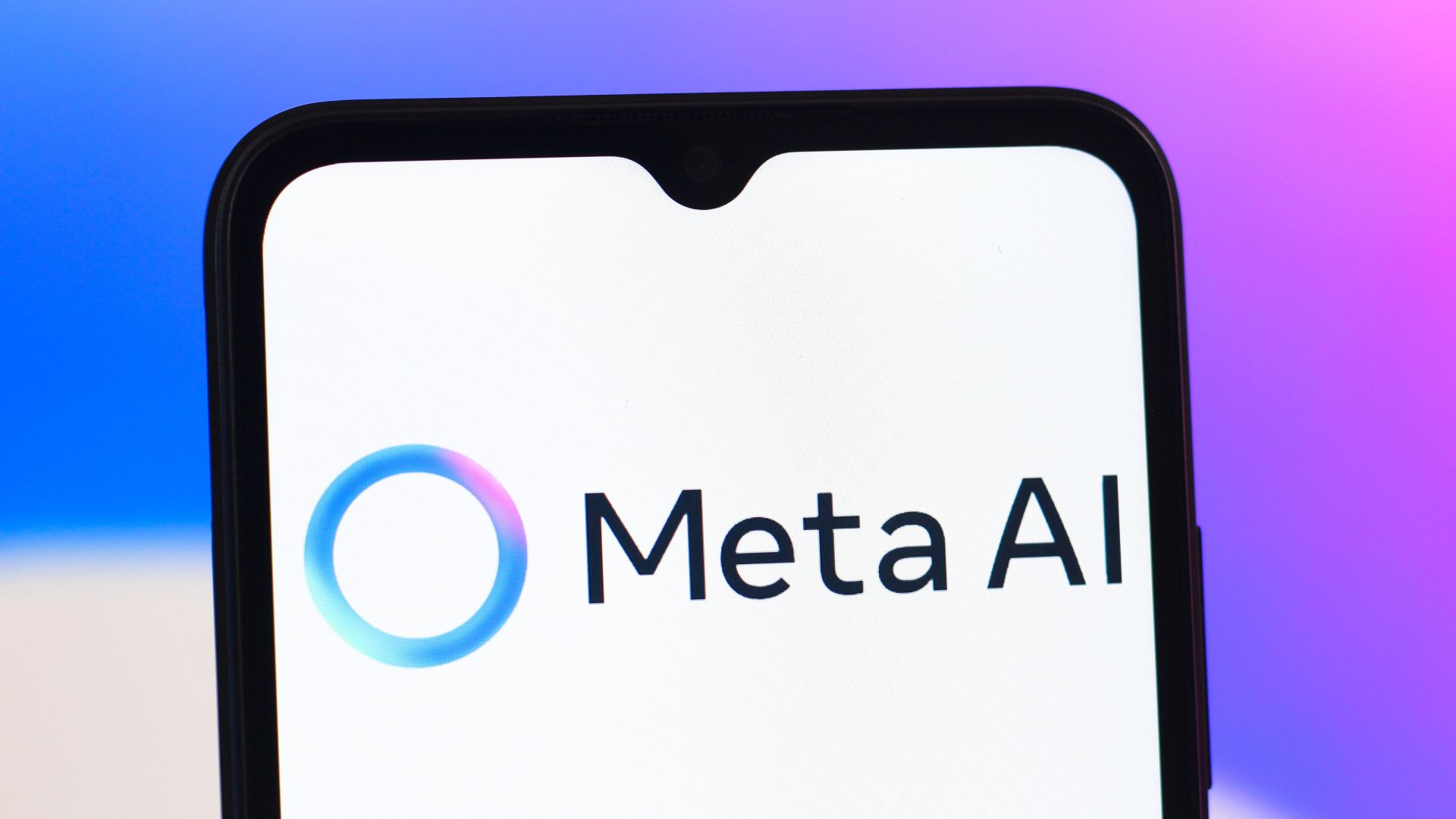


























































































































































![[The AI Show Episode 146]: Rise of “AI-First” Companies, AI Job Disruption, GPT-4o Update Gets Rolled Back, How Big Consulting Firms Use AI, and Meta AI App](https://www.marketingaiinstitute.com/hubfs/ep%20146%20cover.png)
































































































































![How to make Developer Friends When You Don't Live in Silicon Valley, with Iraqi Engineer Code;Life [Podcast #172]](https://cdn.hashnode.com/res/hashnode/image/upload/v1747360508340/f07040cd-3eeb-443c-b4fb-370f6a4a14da.png?#)




































































































































































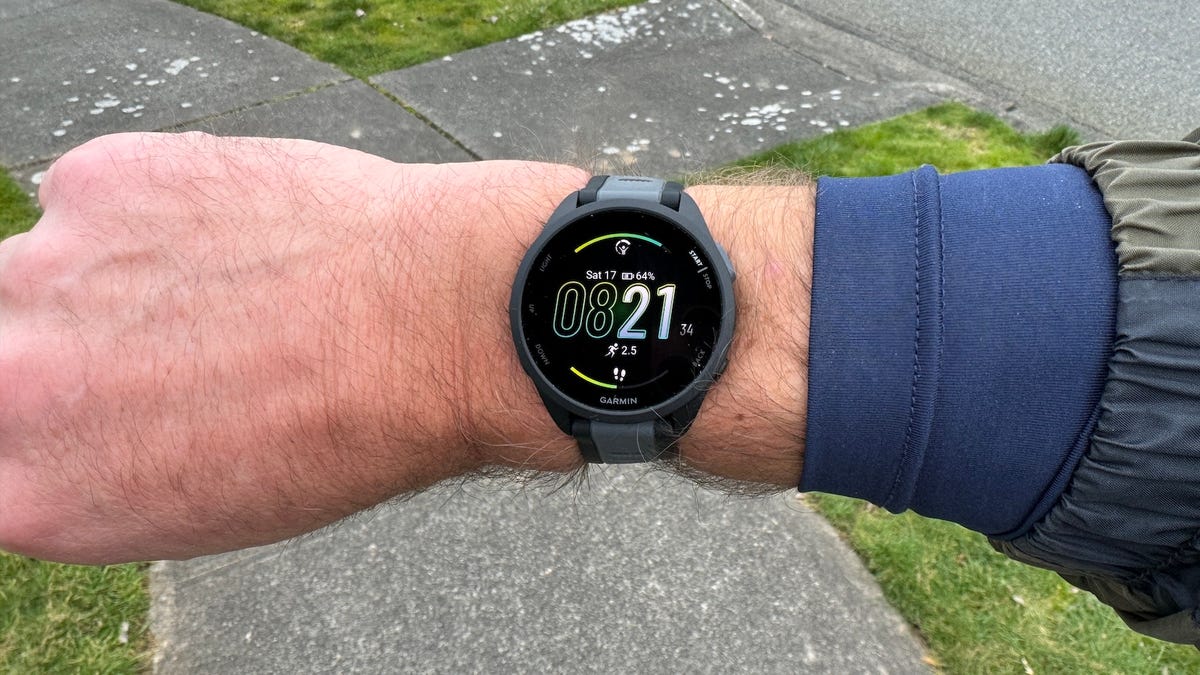




















































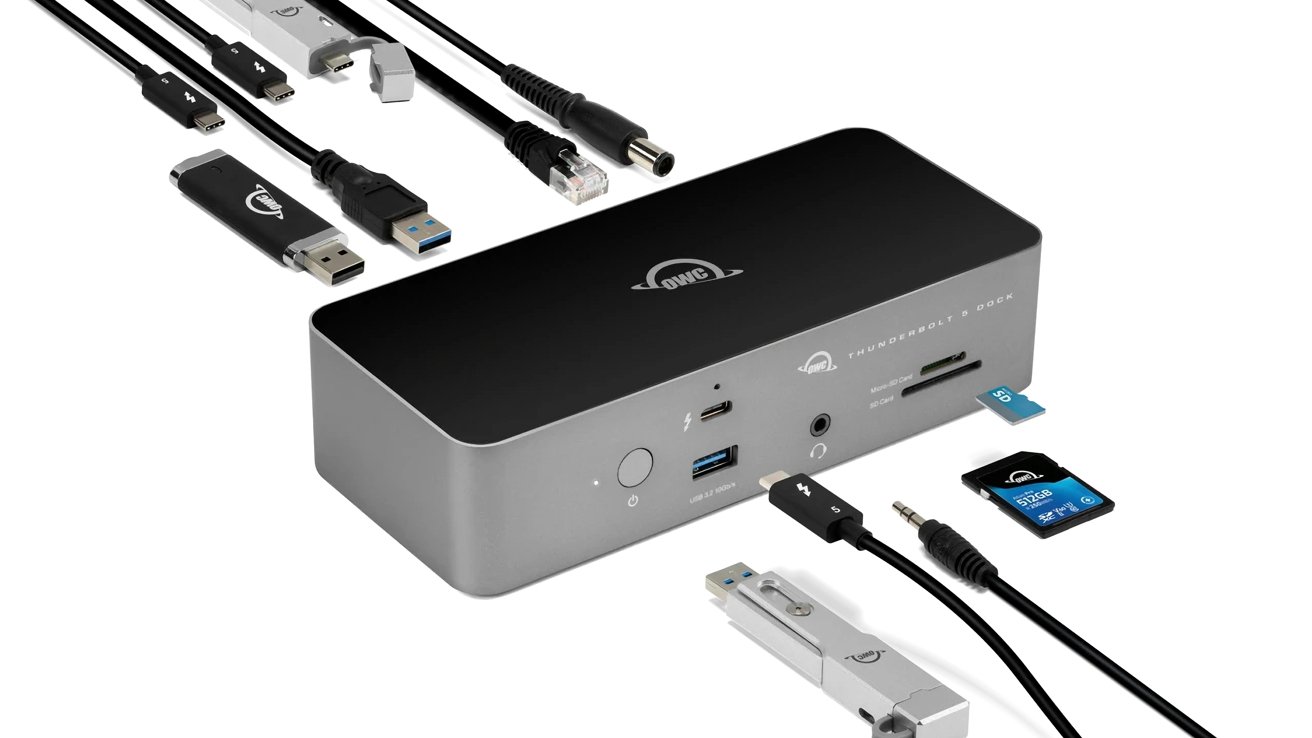







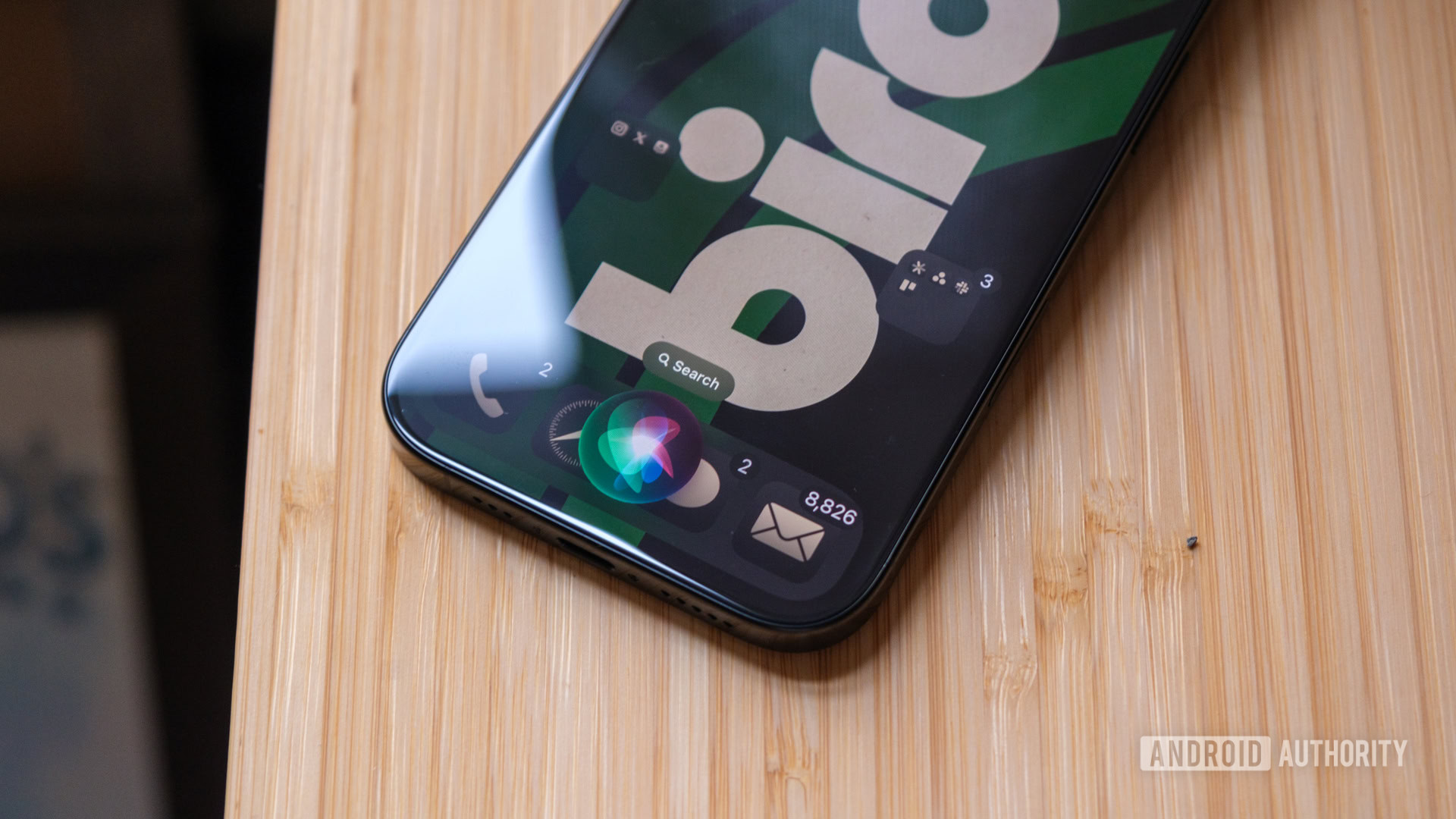



![A rare look inside the TSMC Arizona plant making chips for Apple [Video]](https://i0.wp.com/9to5mac.com/wp-content/uploads/sites/6/2025/05/A-look-inside-the-TSMC-Arizona-plant-making-chips-for-Apple.jpg?resize=1200%2C628&quality=82&strip=all&ssl=1)

















![Why Apple Still Can't Catch Up in AI and What It's Doing About It [Report]](https://www.iclarified.com/images/news/97352/97352/97352-640.jpg)
![Sonos Move 2 On Sale for 25% Off [Deal]](https://www.iclarified.com/images/news/97355/97355/97355-640.jpg)
![Apple May Not Update AirPods Until 2026, Lighter AirPods Max Coming in 2027 [Kuo]](https://www.iclarified.com/images/news/97350/97350/97350-640.jpg)
















